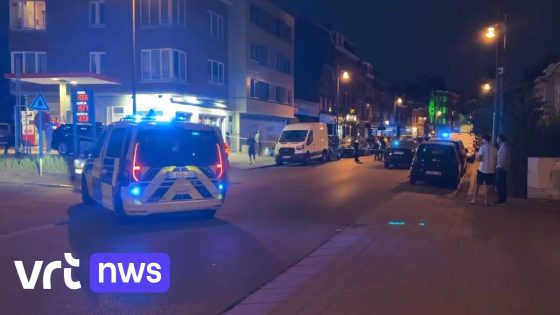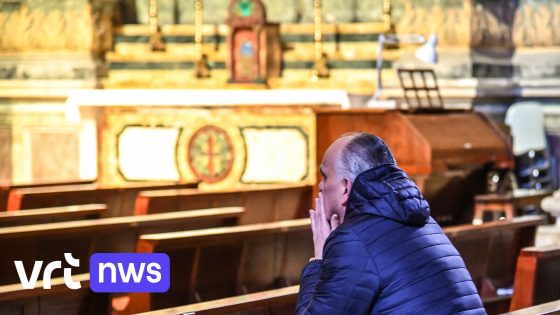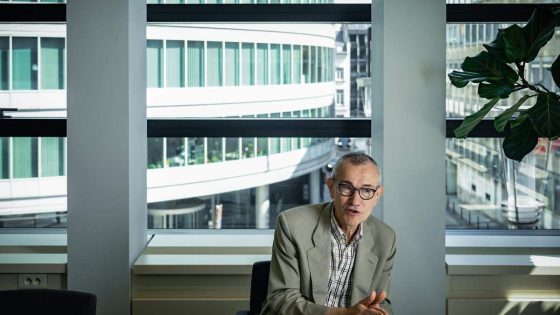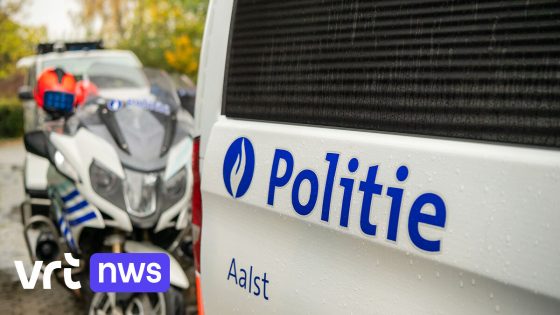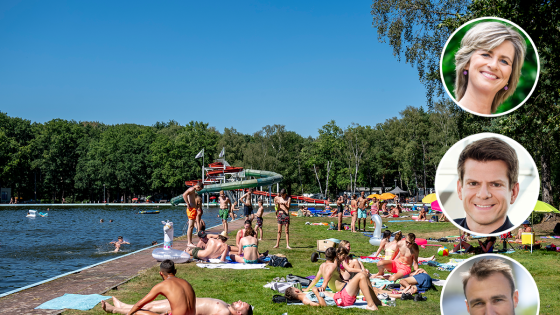The Verapaz Bridge in Ghent has become a focal point in the ongoing debate about graffiti and street art in Belgium. Since the first half of the bridge opened last month, the Agentschap Wegen en Verkeer (AWV) has made it clear that graffiti is not welcome on this architectural landmark. On 2025-08-20 22:30:00, AWV emphasized the importance of preserving the bridge’s aesthetic, which contrasts with the colourful street art found nearby.
- AWV prohibits graffiti on Verapazbrug bridge
- Old grindbakken walls remain streetart zones
- Verapazbrug designed as visible concrete artwork
- AWV plans local graffiti awareness campaign
- Graffiti removed from bridge to preserve aesthetics
- Streetart encouraged alongside bridge, not on it
While the old grindbakken walls beneath the bridge remain a popular hotspot for street artists, the bridge itself is designed as a visible concrete sculpture by MAAT Ontwerpers and Marie-Josée Van Hee Architecten. This design choice aims to keep the structure pristine, raising the question: how can graffiti and architectural art coexist in public spaces without clashing?
This tension between preserving architectural beauty and supporting street art culture leads US to consider the balance AWV seeks. Let’s explore how this approach impacts local artists and the city’s vibrant street art scene.
Is it fair to restrict graffiti on a new public structure while encouraging it nearby? AWV’s approach suggests a compromise that respects both artistic expression and architectural integrity. Key points include:
- The Verapaz Bridge is treated as a “constructional artwork” with visible concrete meant to remain clean.
- Graffiti is permitted in the old grindbakken area, preserving a space for street art culture.
- AWV plans local awareness campaigns to guide artists and the public on these rules.
- This strategy aims to allow coexistence of different art forms without one overshadowing the other.
Looking ahead, it will be interesting to see how street artists respond to these boundaries and how the city promotes dialogue between traditional and street art communities. Can this model inspire other Belgian cities facing similar challenges?






